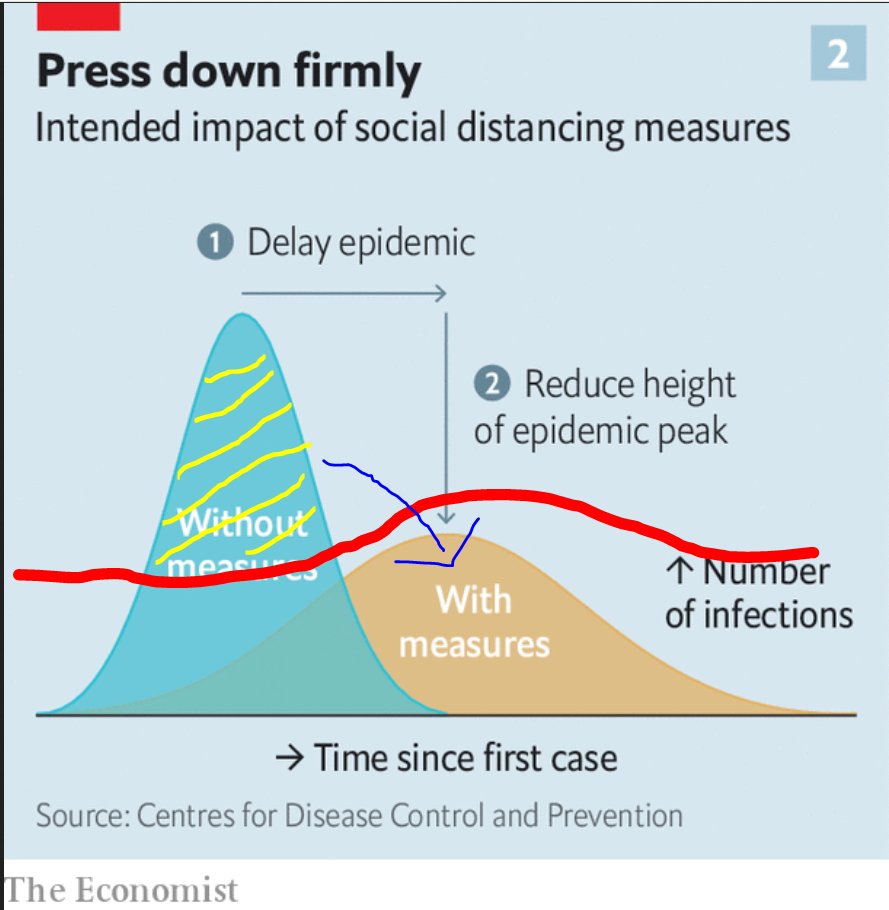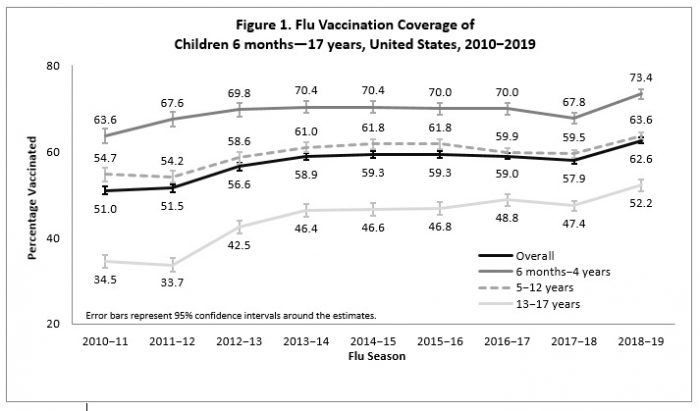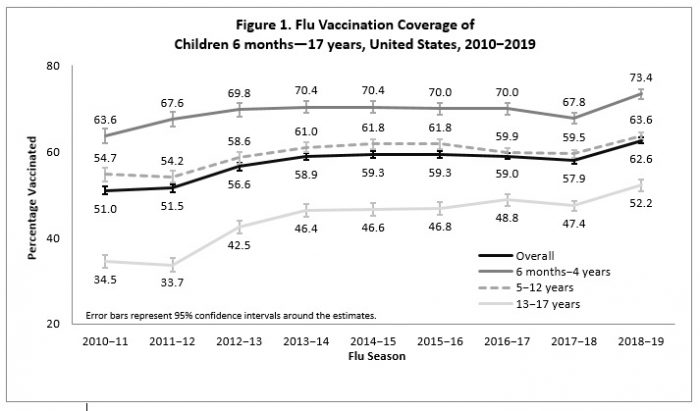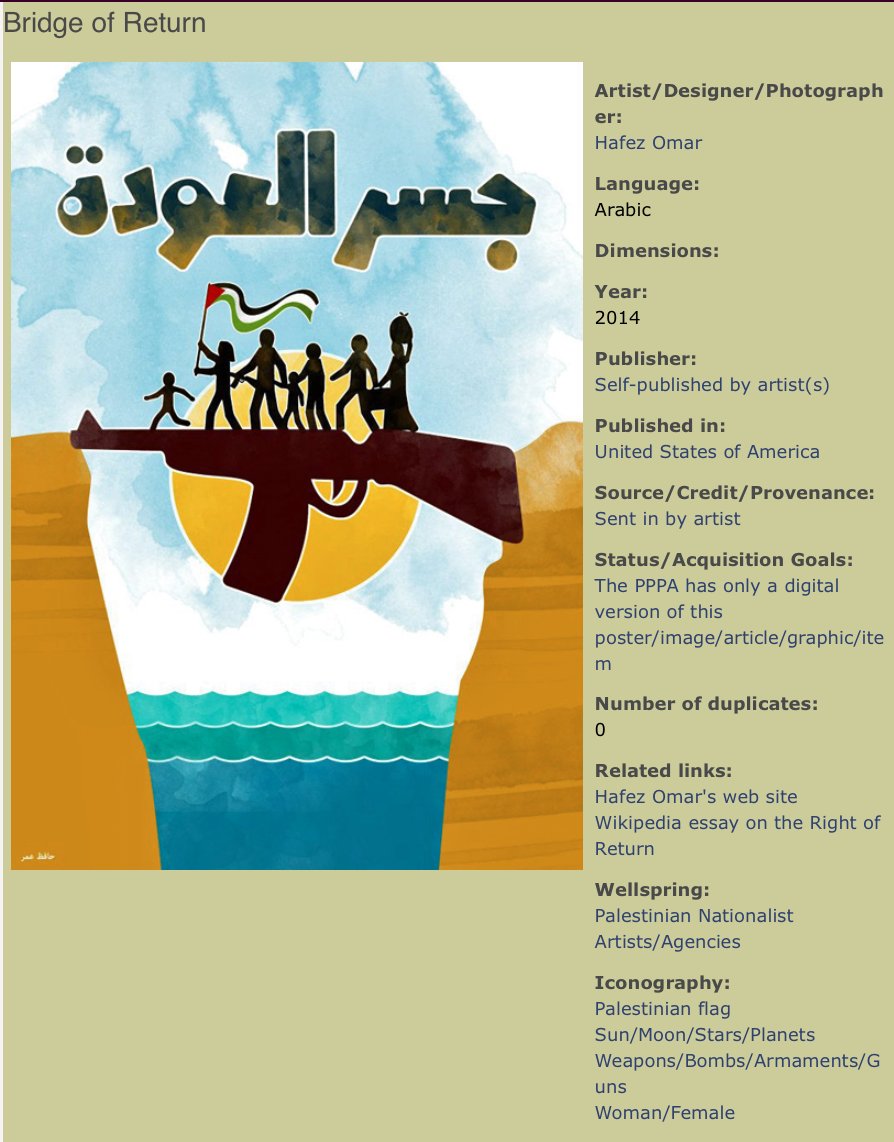There is NO data I have seen to suggest a CFR approaching anywhere close to the 0.1% CFR for seasonal flu.
What we've seen so far is that COVID-19 fatality rate is highly variable but much higher than flu.
But there's more. Really important to remember, as @maiamajumder notes, that CFR is not a fixed characteristic.
So an important priority must be managing that ratio.
That's it. WASH YOUR HANDS!
















